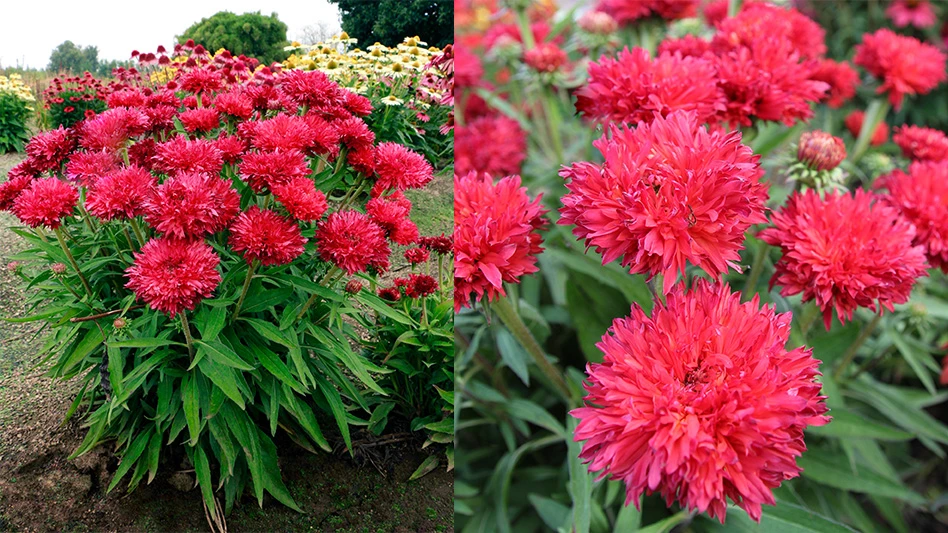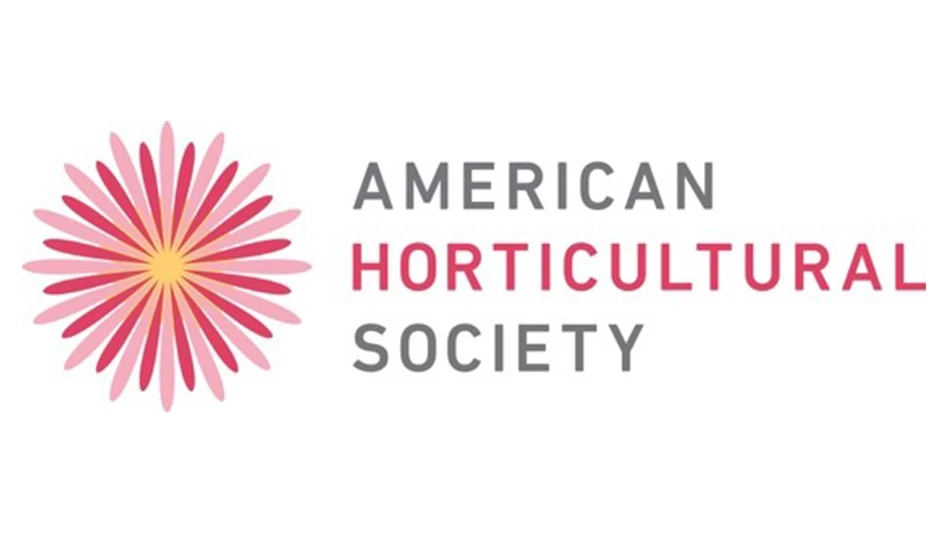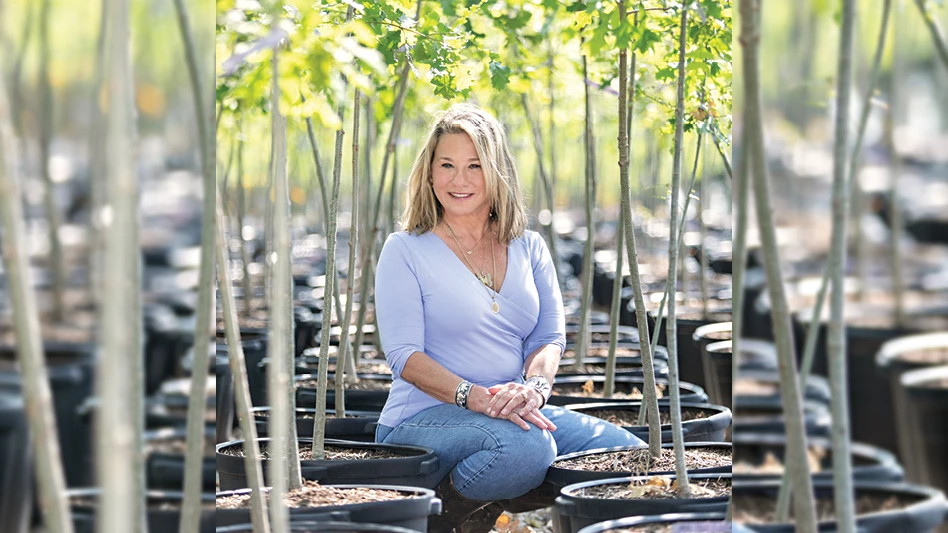In this economy, most nurseries are faced with fiscal challenges and looking for ways to reduce costs. Since weed management can represent one of the most costly components of container crop production, it is natural to research savings in this area.
One approach being embraced by many nurseries is to use more liquid herbicides, replacing one or more granular treatments. Not only are liquid-applied herbicides less expensive per acre than their granular equivalents, application costs are significantly less. Liquid-applied herbicides at one grower site has helped reduce weed-control costs by about $400 per acre, when easy-to-control weed species are present, according to research by Hannah Mathers, associate professor of horticulture and crop science at the Ohio State University. However, for most growers, the greatest savings will be reduced labor costs for herbicide applications. One North Carolina grower said by using a boom sprayer to apply preemergence herbicides he was able to treat his entire nursery in two days, but it took two weeks for a crew of workers to apply granular herbicides to the same areas. But moving to liquid applications can come at a cost—fewer herbicide choices, potential crop injury and poorer control of certain weeds.
Granular vs. liquid
The current standard for weed control in container nurseries is to apply a granular preemergence herbicide every eight to 12 weeks and supplement with hand weeding. Granular herbicides are generally preferred for simplicity of application, broad-spectrum weed control, and most importantly, safety to ornamental crops. Most growers understand that granular herbicides containing oxyfluorfen (including Scotts OH2, Rout, Regal OO, Showcase and others) may be safely used over many woody nursery crops that would be injured by a spray application of the same herbicide active ingredient. Therefore, growers switching to spray applications will initially restrict herbicide choices to those products that do not burn the crop foliage—such as mixtures of Gallery (isoxaben) plus prodiamine (Barricade), pendimethalin (Pendulum) or oryzalin (Surflan). The most common first try is Gallery + Barricade. This combination is labeled for many woody ornamentals and provides weed control comparable to an application of Snapshot TG. But, the trade-off is that control of certain broadleaf weeds such as phyllanthus, doveweed, eclipta and bittercress will not be as good as that provided by broader spectrum herbicides such as Broadstar, OH2 and Rout.
While the Gallery plus dinitroanaline herbicide combinations do not burn the foliage of ornamentals, some injury can still occur. Even herbicides normally considered to be “root inhibitors,” such as pendimethalin, prodiamine and oryzalin, may reduce the growth of woody ornamentals when applied over actively growing plants. Research at North Carolina State University has shown that such treatments may reduce overall plant growth as much as 20 percent in susceptible species.
Avoid crop injury
It may sound obvious, but to avoid crop injury, first make sure the herbicides selected are labeled for the crop. By selecting only labeled crops, you can have confidence your new application strategy will be safe and effective. You will likely find that you will still have to use granular treatments on some crops.
Any herbicide sprayer or spreader should be calibrated. This is an often over-looked necessity. Remember, the herbicide will only work as intended if it is applied uniformly and at the correct dose.

Tough weeds
Sometimes the most common liquid-applied herbicides will not work on some tough-to-control weeds. So, a grower choosing to switch to spray applications will need to plan accordingly.
It may be possible to use liquid applications for some treatments and granules for others. Spring applications of Gallery + Barricade will provide good control of common weeds such as bittercress, oxalis, annual bluegrass and chickweed. But in the summer months, you may need to switch to granular herbicides (such as OH2, Rout, Broadstar, Showcase, Freehand, etc.) to obtain acceptable control of tough to control weeds like phyllanthus, eclipta, dogfennel, sedges, doveweed and tree seedlings.
Optimize your spray program. Some of your crops may tolerate applications of broader spectrum herbicides such as Goal Tender. Compare your crop list with those listed on the herbicide label. You may find you can use a more effective liquid application on some crops. It is advisable to avoid such applications at or shortly after bud break as injury to the new growth can occur.

Joe Neal is professor of weed science, Department of Horticultural Science, North Carolina State University; joe_neal@ncsu.edu.

Explore the April 2011 Issue
Check out more from this issue and find your next story to read.
Latest from Nursery Management
- The HC Companies, Classic Home & Garden merge as Growscape
- Eason Horticultural Resources will now officially be known as EHR
- BioWorks receives EPA approval for new biological insecticide for thrips, aphids, whiteflies
- Ellen Mackenbach-Lakeman appointed new CEO of Dümmen Orange
- Southern Garden Tour sets 2025 dates for trial garden open houses
- New book explores plants that thrive in Rocky Mountains
- American Floral Endowment establishes Herman Meinders Memorial Tribute
- These companies are utilizing plastic alternatives to reduce horticultural waste






